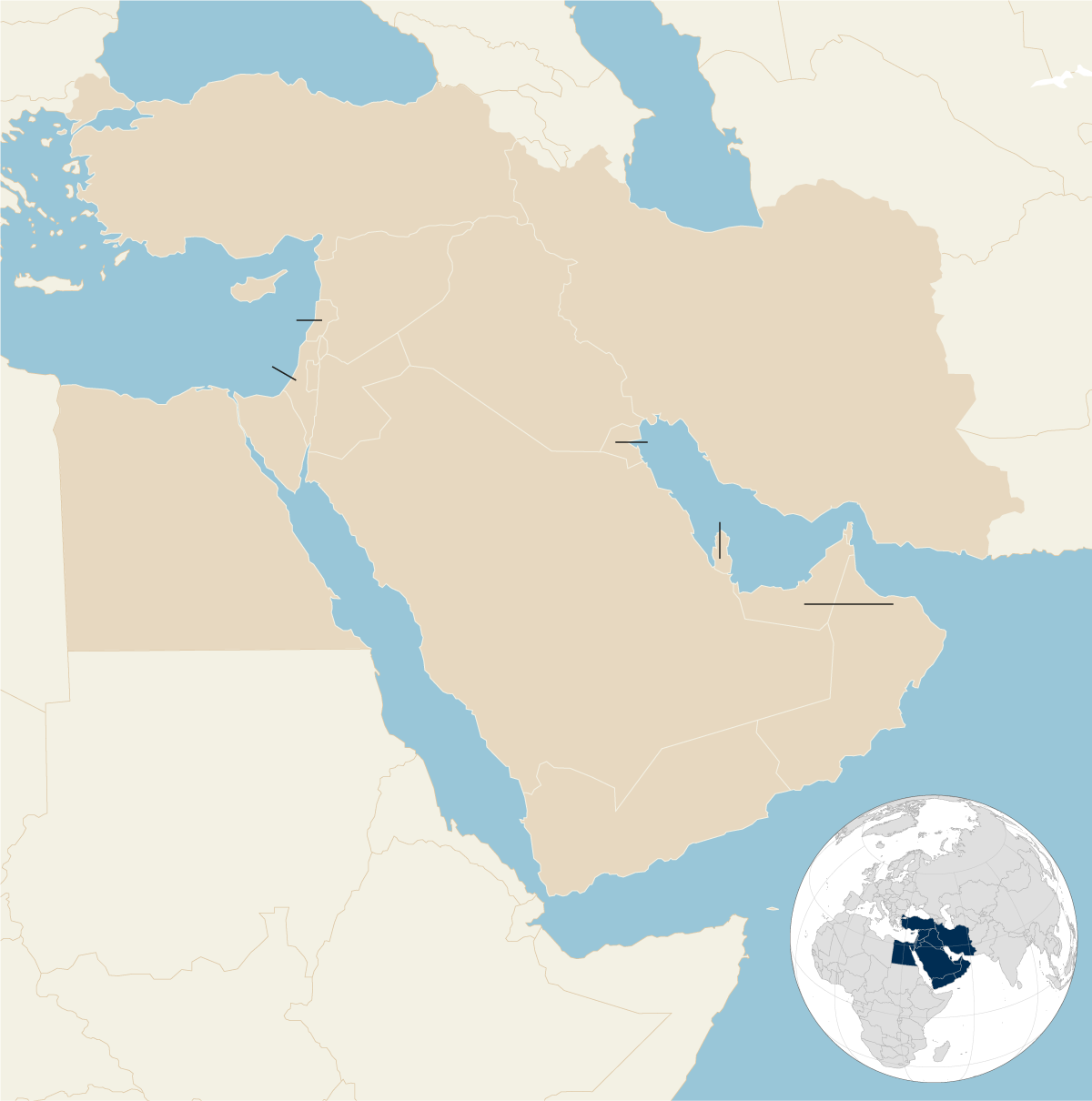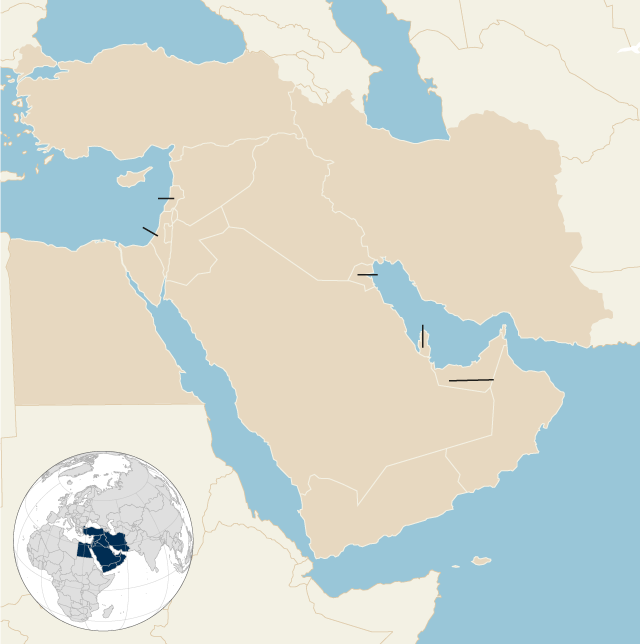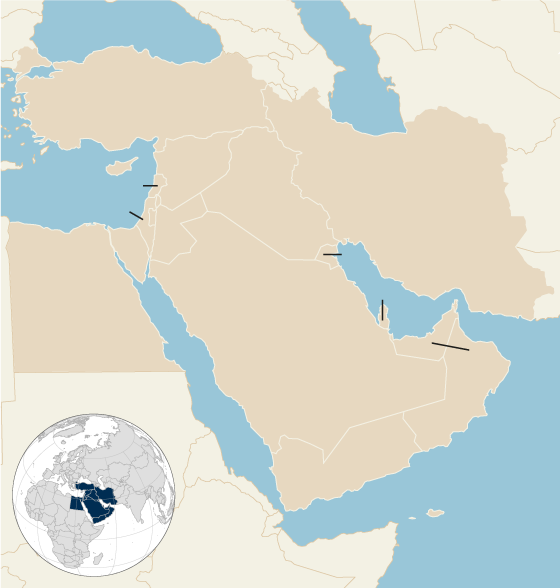The new Middle East that Netanyahu imagines (and is achieving)
The weakening of its allied militias has left Iran alone, in the scenario that Netanyahu desired.


BeirutWith Iran weakened after twelve days of direct war with Israel and forced to accept a ceasefire after a devastating US air offensive against its nuclear facilitiesThe balance of power in the Middle East has shifted dramatically. Since the start of the war in Gaza on October 7, 2023, Benjamin Netanyahu has planned to dismantle the pro-Iranian militia system, strike at the core of the Iranian regime, and consolidate a regional strategic advantage.
Without the need for a ground invasion, Israel has crossed a line that had been avoided for years: directly bombing Iranian territory, with precision strikes on military and nuclear facilities in Esfahan and Natanz. "It was a surgical operation that made it clear that the doctrine of containment was no longer sufficient," says George el Khoury, a military analyst at the Lebanese American University (LAU). The Iranian regime, which over two decades had built a network of militias to pressure its enemies without assuming the cost of open conflict, has been forced to recalculate its strategy. Its network of allies—Hezbollah, the Houthis, the Iraqi Shiite militias—is today silenced, fragmented, or in retreat.
It may seem that Donald Trump is the one who is taking the media victory, but, according to El Khoury, "it was Israel that designed and executed the most precise blow by striking the heart of the Iranian military system without needing to set foot on its territory." Netanyahu's main objective of neutralizing the so-called Axis of Resistance – the Iranian-funded militias– has come to pass. Hezbollah, the traditional pillar of the pro-Iranian axis, has been visibly weakened. After almost a year of fighting with Israel, it has lost key commanders, part of its military infrastructure, and, most significantly, has opted for an unprecedented silence. "It is too worn out to open another front," explains El Khoury. Southern Lebanon is no longer militarized, and the group has made it clear, at least for now, that it does not plan to resume hostilities.
On the social front, its image has also suffered. It is no longer seen as a "guarantor of the resistance," not even by its own followers. On June 23, Hezbollah's compensation committee suspended all payments to victims, citing the escalating conflict. "Its social strength is collapsing, reflecting a growing dependence on external funds that are not arriving," adds El Khoury.
In Iraq, the Shiite militias have opted for caution. Despite their ideological proximity to Tehran and their history of attacking Western interests, they have avoided getting involved in the conflict. "They enjoy political power, access to public funds, and relative stability, and they don't want to risk it," notes an expert quoted by the newspaper. Washington Post. Today, integrated into the state structure, they prefer to consolidate what they have gained without firing a single missile.
The Houthis in Yemen are the only ones who have maintained some military activity. In the days leading up to the ceasefire, they launched missiles and drones toward Israel, although almost all were intercepted. The impact was minimal and more symbolic than strategic. Their offensive capacity was already diminished by the US and UK bombing of their positions on the Red Sea.
In Syria, the fall of Bashar al-Assad's regime has also changed the map. Damascus was for years a key corridor for Iranian military logistics. Today, with new Islamist authorities and the still active presence of radical Sunni groups, this route is cut off. Iran's regional isolation is deepening.
Economic exhaustion
This withdrawal is a response not only to the military coup but also to economic exhaustion. Tehran has invested billions in sustaining its allies. "Iran isn't abandoning its regional strategy, but it knows it needs time to recover," explains Nicole Grajewski, a Carnegie Middle East scholar. What exists now, she says, "is a tactical pause, not an ideological shift." Netanyahu, for his part, has managed to translate his strategic vision into action. "He wasn't just seeking to wipe out Hamas or contain Hezbollah," Grajewski notes. "He wanted to redesign the region's security architecture and break the network of proxies that Iran had built over decades."
Iran has lost much of its capacity for indirect pressure, and its regional deterrence strategy has been exposed. Although the network of pro-Iranian militias has not been completely dismantled, its ability to act has been severely reduced. In the short term, Tehran has few effective tools to respond beyond maintaining a symbolic presence and waiting to rebuild its position in a more favorable context.
Israel now seeks to consolidate what it has gained and prevent the vacuum left by its enemies from transforming into a new threat. And for Trump, the challenge is to transform his military intervention into a real diplomatic success with a nuclear deal with Iran. What is clear is that the balance of power in the Middle East has visibly shifted. Iran has lost its capacity for intimidation, and its strategy of indirect warfare has been exposed.



